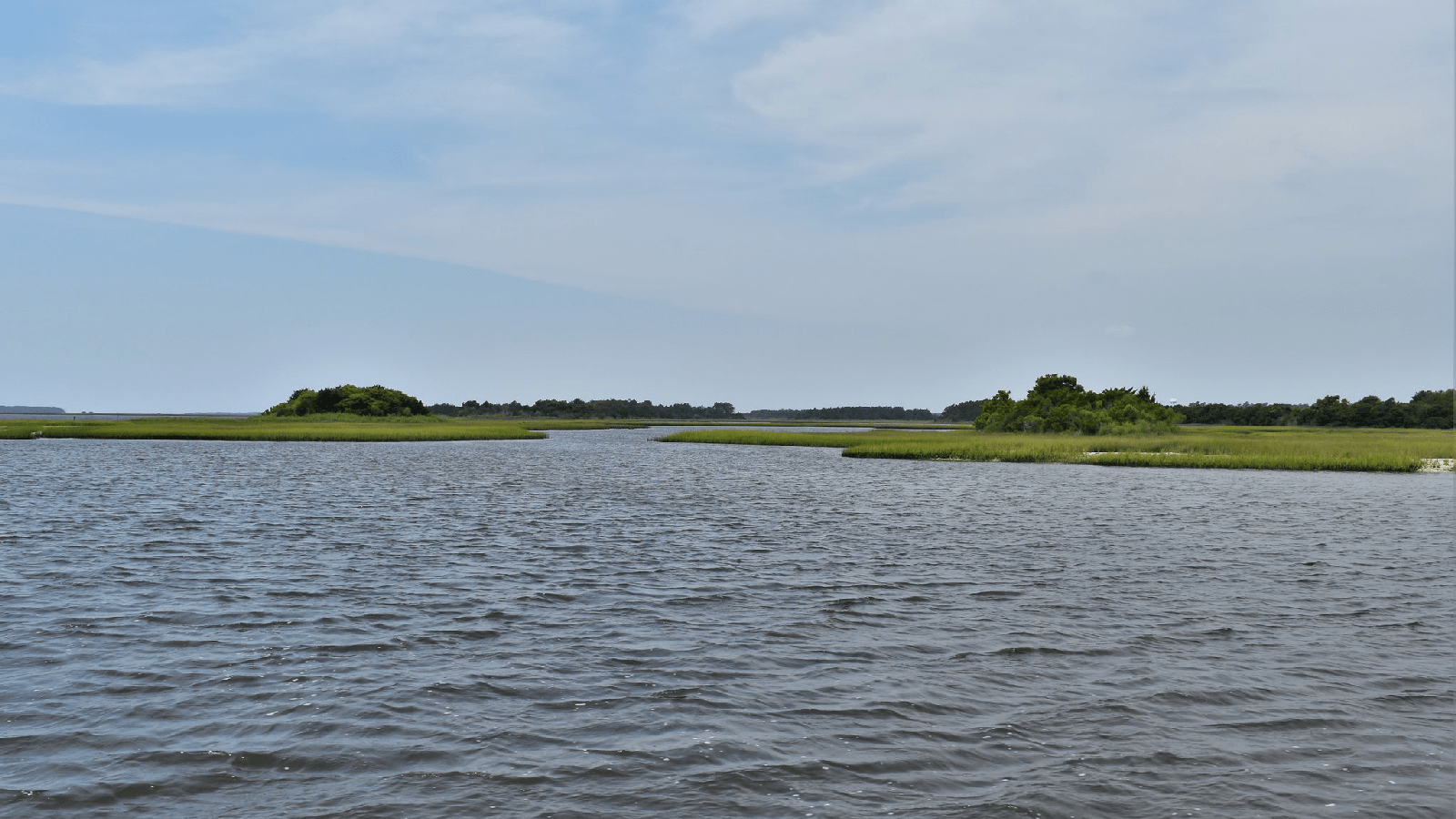In North Carolina, Hammocks Beach State Park includes areas that have been used by humans for more than 2,000 years.
Artifacts remain from Indigenous hunting and fishing sites, colonial settlements, and the Civil War.
But as seas rise and storms batter the shoreline, some of this history could be washed away.
Ropp: “Particularly on Hammocks Beach, we’ve seen erosion. … And a lot of it seems to be a combination of that sea level rise and then wind-driven tides.”
Allyson Ropp is a historic preservation archaeological specialist with the Office of State Archaeology in North Carolina.
She says all along the North Carolina coast, climate change could damage or destroy archaeological sites — including prehistoric shell middens, shipwrecks, and cemeteries where enslaved people were buried.
So her team is working to identify where the risks are greatest — and to document and monitor the changes in those vulnerable areas.
Ropp: “Saying, OK, these are the sites we need to prioritize because these are the ones that are going to be impacted first.”
She says steps can be taken to protect some sites — for example, installing barriers to block waves. In other cases, the goal is to learn about the artifacts before they disappear — and find new ways to tell the stories they represent.
Reporting credit: Sarah Kennedy / ChavoBart Digital Media
We help millions of people understand climate change and what to do about it. Help us reach even more people like you.
Source link


